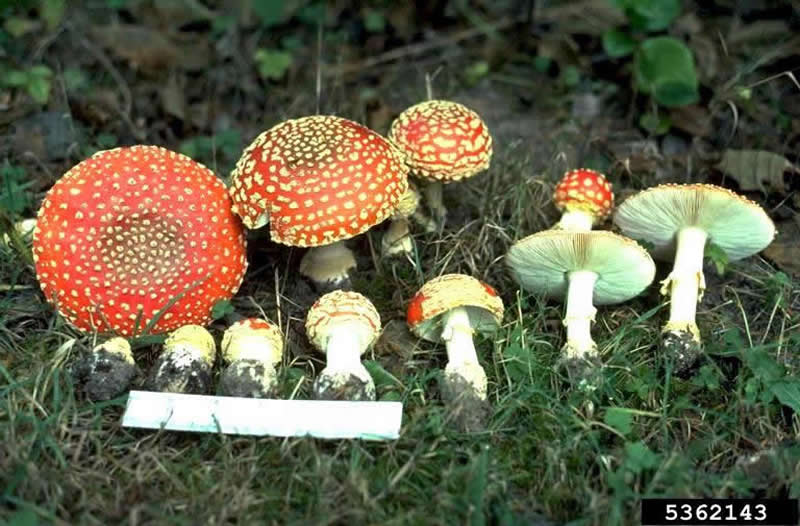
Amanita muscaria, often called the fly agaric mushroom, has long been associated with mystical experiences and altered states of consciousness. Unlik amanita pulvere classical psychedelics that evoke vivid visual hallucinations and profound cognitive shifts, Amanita muscaria induces a more subtle and dreamlike state. Its unique psychoactive compounds, primarily muscimol and ibotenic acid, interact with the brain in ways that produce a dissociative, often trance-like experience that blurs the lines between waking reality and dreaming.
The journey into altered consciousness with Amanita muscaria typically begins with a gradual onset of effects. Users often report feelings of heaviness and sedation, followed by a distorted sense of time and space. Visual perception might become slightly warped, but not in the vivid, kaleidoscopic manner common to serotonergic psychedelics. Instead, the experience is characterized by a floating sensation, dreamlike imagery, and a gentle dissociation from the self and surroundings. This can evoke a state reminiscent of lucid dreaming or deep meditation, where the boundary between the inner mind and external reality becomes fluid.
On a neurological level, the dreamlike effects of Amanita muscaria can be attributed to muscimol’s action as a potent GABA_A receptor agonist. By enhancing the activity of the brain’s primary inhibitory neurotransmitter, GABA, muscimol dampens neuronal excitability and promotes a state of calm and sedation. This mechanism contrasts with psychedelics like psilocybin or LSD, which primarily stimulate serotonin receptors and increase neural activity. The GABAergic modulation underpins the sedative, dissociative, and sometimes hallucinatory effects that shape the unique consciousness experience with Amanita muscaria.
Importantly, the nature of the altered state induced by Amanita muscaria varies widely between individuals and even between different experiences for the same user. Factors such as dosage, preparation method, individual brain chemistry, and environmental setting all play crucial roles in shaping the journey. Some users report euphoric and insightful experiences, while others encounter confusion, nausea, or unpleasant delirium. The unpredictability emphasizes the need for cautious use, respecting the mushroom’s power and the complexity of its effects on consciousness.
Culturally, the dreamlike journeys induced by Amanita muscaria have been harnessed in spiritual and shamanic practices, particularly among indigenous Siberian peoples. Shamans utilized the mushroom to enter trance states, communicate with spirits, and gain insights into the unseen realms. These traditional uses reflect a recognition of the mushroom’s ability to transport consciousness beyond ordinary waking experience, offering both mystical revelation and healing potential when approached with respect and ritual knowledge.
In conclusion, Amanita muscaria offers a distinctive form of altered consciousness characterized by dreamlike dissociation and sedation rather than the intense, colorful visions typical of classic psychedelics. Its unique neuropharmacology and cultural significance make it a fascinating subject for those exploring the boundaries of the mind. However, the variability and potential risks involved call for careful, informed use. For those seeking a journey into a gentler, more introspective realm of altered consciousness, the fly agaric’s dreamlike pathways hold both mystery and allure.